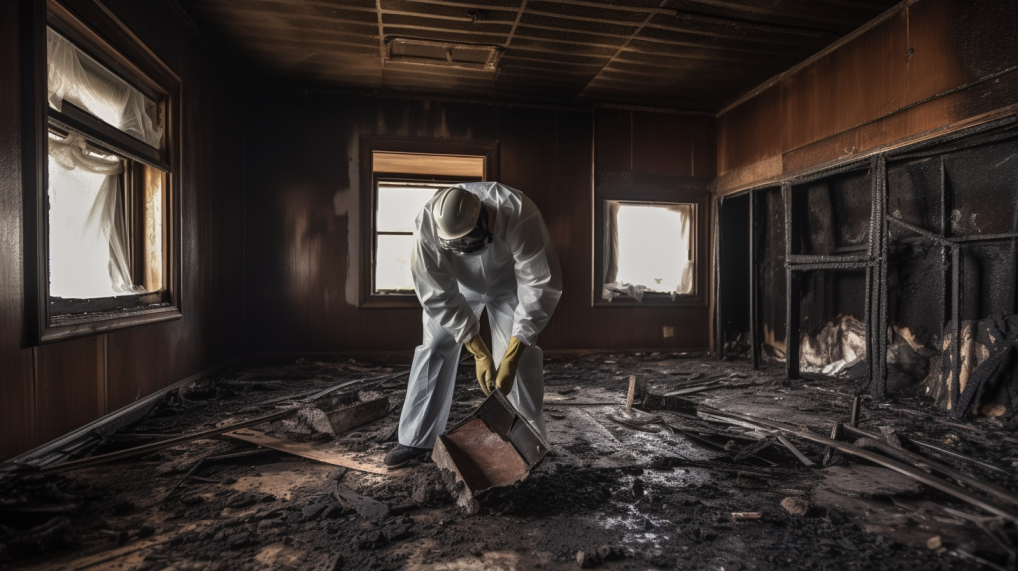Fire damage restoration is a complex process that requires careful planning, execution, and coordination. The duration of restoration efforts can vary significantly depending on several key factors. Understanding these factors is essential for property owners and restoration professionals alike to effectively manage expectations and timelines.
1. Severity of the Fire Damage
The extent and severity of the fire damage play a crucial role in determining the duration of the restoration process. Minor fires that cause superficial damage may require relatively short restoration periods, while extensive fires that result in structural damage and widespread destruction can prolong the restoration timeline significantly.
2. Type of Property and Construction Materials
The type of property and the materials used in its construction can impact the restoration process. Properties constructed with fire-resistant materials may experience less severe damage and faster restoration times compared to those built with combustible materials. Additionally, the layout and design of the property can influence access to damaged areas and the complexity of restoration efforts.
3. Presence of Water Damage
Firefighting efforts often involve the use of water or other extinguishing agents, which can lead to secondary water damage such as flooding, moisture intrusion, and mold growth. Addressing water damage in conjunction with fire damage restoration adds an additional layer of complexity and may extend the overall restoration timeline.
4. Soot and Smoke Residue Removal
Soot and smoke residue can penetrate porous surfaces, furniture, and belongings, causing lingering odors and potential health hazards. Thorough cleaning and deodorization processes are necessary to remove these contaminants effectively. The size of the property and the severity of smoke damage will dictate the duration of these cleaning efforts.
5. Structural Repairs and Reconstruction
Structural repairs and reconstruction may be required to address damage to walls, ceilings, floors, and other building components. The complexity of these repairs, availability of materials, and coordination with contractors can impact the duration of the restoration process. Structural integrity must be restored before other restoration efforts can proceed.
6. Compliance with Regulatory Requirements
Compliance with regulatory requirements, such as building codes, environmental regulations, and safety standards, is essential during the fire damage restoration process. Obtaining permits, conducting inspections, and adhering to legal guidelines may add time to the restoration timeline but are necessary to ensure the safety and legality of the restoration efforts.
7. Coordination of Restoration Activities
Effective coordination of restoration activities is critical to minimizing downtime and expediting the restoration process. Restoration professionals must coordinate with insurers, subcontractors, suppliers, and property owners to ensure timely completion of restoration tasks and mitigate delays.
8. Post-Restoration Testing and Quality Assurance
After the fire damage restoration process is complete, thorough testing and quality assurance measures must be conducted to verify the effectiveness of the restoration efforts. This may include air quality testing, moisture level assessments, and visual inspections to ensure that the property is safe, clean, and habitable.
By addressing these key factors and implementing efficient restoration strategies, property owners and restoration professionals can minimize downtime, mitigate further damage, and expedite the recovery process following a fire-related disaster. Investing in proactive fire prevention measures and emergency preparedness can also help reduce the likelihood and severity of fire damage, ultimately safeguarding lives, property, and livelihoods.

